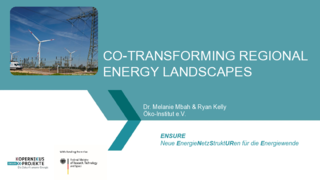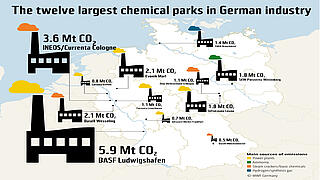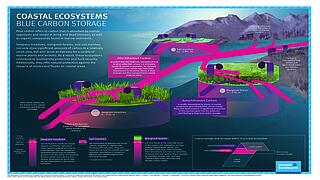Emissions and ambient loads (referred to as Immissionen in German legal texts and thus often translated as immissions) are external environmental impacts which can cause nuisance or pose risks to humans, fauna and flora. Examples are air pollution, contaminants, noise and radiation. Emission and ambient pollution control law aims to prevent or reduce loads and thus minimise their environmental and public health impacts. In Germany, the applicable provisions are found in the Federal Immission Control Act and various ordinances. The regional states (Länder) and local authorities are responsible for implementing and enforcing this body of law.
The Oeko-Institut works on various aspects, with a particular focus on noise abatement and noise prevention. For example, researchers at the Oeko-Institut have been sharing their expertise with the Airport and Region Forum (Forum Flughafen und Region – FFR) for many years in order to identify and mitigate the negative impacts of aircraft noise from Frankfurt Airport’s operations. As well as providing this specific support at the Frankfurt site, the experts work at the national level on broader issues relating to abatement of aircraft noise. Other noise-related conflicts associated with leisure activities, sports facilities and commercial premises, for example, are a further focus of the Institute’s work.












